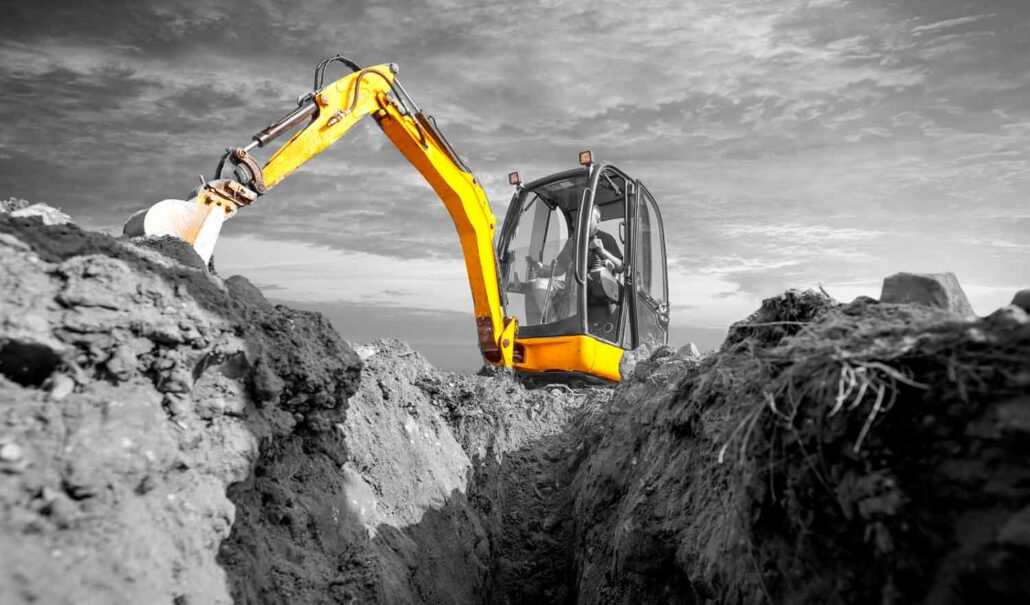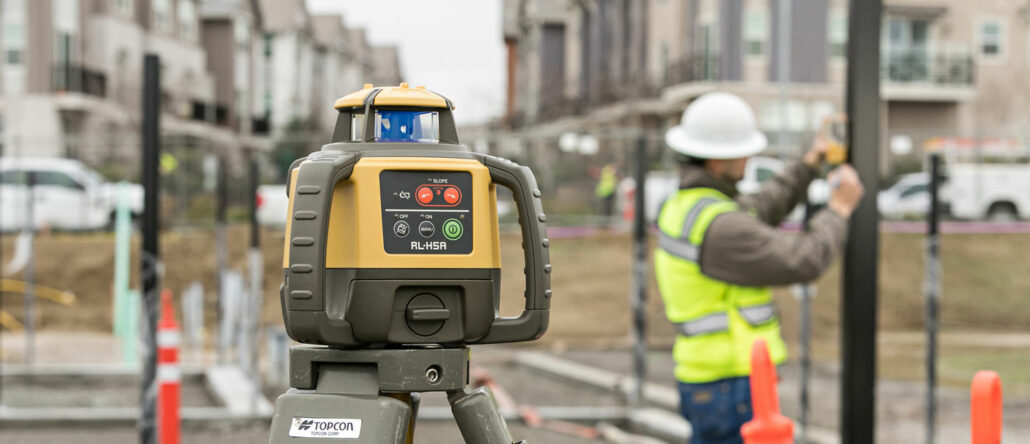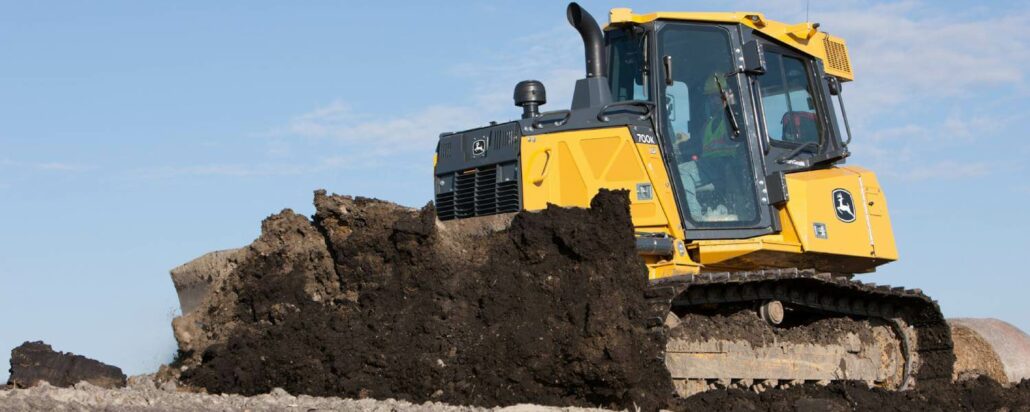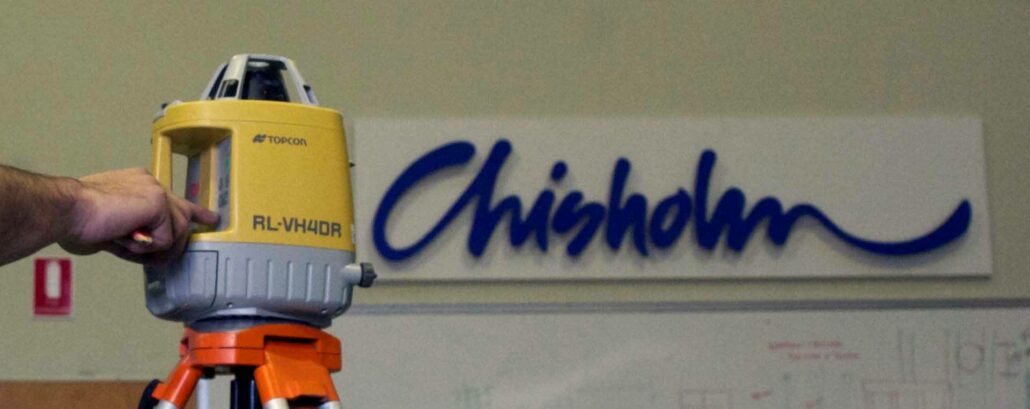
Machine control is a well-adapted technology within the civil engineering industry, with the ability to precisely position earthmoving machinery based on design models and GPS systems. Machine control is a vital tool for earthmoving as it maximises productivity, reduces manpower, and improves safety. With all of the benefits of Machine Control it is important to know which type would suit your business. 2D Machine Control 2D Machine Control is commonly referred to as the “Basic System”, this term should be taken with a degree of caution as 2D machine control can be complex in its capabilities and achieve excellent outcomes for the smaller job sites. 2D Machine Control is a system that enables an operator to know the

Laser levels are used daily on hundreds of construction sites throughout Australia for applications such as site set-out, earthmoving, concreting, machine control and interior trades. But did you know that without a certified laser safety officer on site, you run the risk of heavy fines? Australian and New Zealand Standards 60825 and 2397 stipulate that if there is not a certified laser safety officer on site, responsibility falls to the person operating the laser. If you are working as a subcontractor it is therefore essential to check whether there is a laser safety officer on site, as without the correct training you could be held accountable. The New South Wales Work Health and Safety Regulation 2011 also stipulates

Machine control technology that 10 years ago was installed only by the innovators and early adopters is now coming as standard on an increasing number of machines. Here, we explore what that means for the Australian earthmoving industry and how open platforms will enable greater productivity. A whopping 95% or more of new motor graders sold in Australia now come complete with some form of factory-fitted machine control. This clearly demonstrates how widely accepted and in-demand the technology has become, with the majority of major projects in this country requiring machine control across a broad spectrum of earthwork tasks. Now a staple on large sites throughout the United States, Europe and Australia, we are now witnessing the technology

Topcon Positioning Systems’ president and CEO Ray O’Connor talks to Gavin Schrock, Editor at xyHt Magazine, about automation, integrated solutions, smart phones, golf, and the coming era of continuous representation of reality. xyHt: You first joined Topcon in 1993. Did you imagine such rapid growth? Were there areas that you imagined that should have grown faster? Ray O’Connor: I didn’t think it would take 20 years to get this far in the automation of the construction and agriculture industries. It’s been the driving vision for the company for a long time. The two largest manufacturing industries in the world are construction and agriculture—anywhere from 7 to 10 trillion dollars worldwide—yet they are two of the least-automated industries. It was

Chisholm building students constructed and installed 24 timber pods for Melbourne Zoo’s Roar ‘n’ Snore facility, which enables visitors to experience the zoo in the evening (when many of the animals are at their most active), before retiring to a pod for the night. “This is the largest external construction project we have completed at Chisholm and it was a great challenge for our apprentices and pre-apprentices to rise to,” Mr Malcolm said. Start to finish, the project took 18 months to complete and involved some 150 students in total. “We got as many people involved as we could so they could all benefit from exposure to the construction process. The zoo paid for the materials and we






